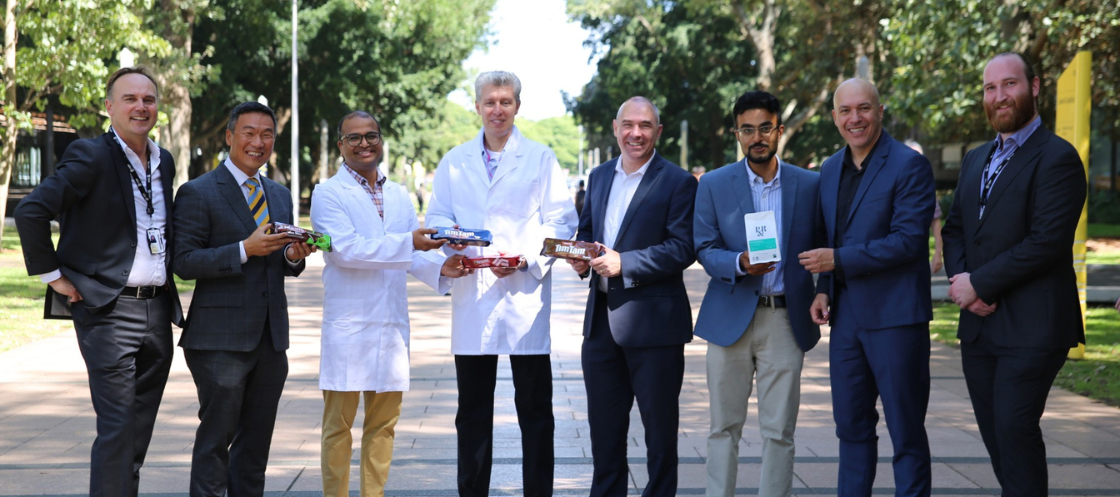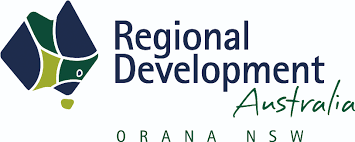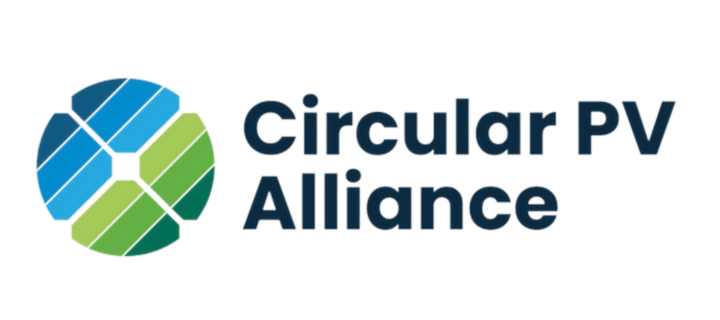Arnott's Group and UNSW forge path to circular economy with plastic recycling breakthrough
Arnott's Group has teamed up with researchers from the UNSW to pioneer a revolutionary approach to plastic recycling that could improve materials from concrete to paint.

Spearheaded by Professor Per Zetterlund and Dr. Vipul Agarwal, the University of New South Wales (UNSW) School of Chemical Engineering team has devised a cutting-edge technique for transforming solid waste plastic, including PET (polyethylene terephthalate), into polymer nanoparticles dispersed in water, all while requiring minimal energy and sidestepping extensive cleaning processes.
“Plastics recycling is a massive challenge globally and there are many hurdles to overcome," said Dr. Agarwal.
“One of the main issues with the current way of recycling plastics is that it typically requires very high temperatures and therefore considerable amounts of energy and, in many cases, high shear forces during melt extrusion,” said Prof. Zetterlund.
In collaboration with ‘impact investment’ firm FP Paradigm, Professor Zetterlund and Dr. Agarwal are working to commercialise their PET technology. Paco Industries, serving as the R&D subcontractor for FP Paradigm, have unveiled a collaboration with Arnott’s Group, renowned for crafting Tim Tams and Shapes. Together, they aim to investigate the integration of this innovative technology as a greener PET alternative across Arnott’s product lineup.
Their breakthrough method circumvents these hurdles by potentially preventing the mechanical or chemical degradation of the polymer, thereby opening avenues for repeated recycling cycles. This novel process also tackles the removal of dyes and other additives from the original plastic waste, streamlining the recycling process and even allowing for the conversion of contaminated PET waste into food-grade PET suitable for the food and beverage industry.
The collaboration extends beyond traditional recycling boundaries. The resulting aqueous dispersion of plastic polymer nanoparticles holds promise for diverse applications, ranging from enhancing asphalt durability to producing waterproof coatings, high-strength concrete, paints, and insulation coatings.
“CSIRO statistics show that 84% of plastic currently used in Australia is sent to landfill and only 13% is recycled,” said Dr Agarwal. An estimated $419 million in economic value is lost annually due to the underutilization of PET and HDPE materials.
















